
Game drives are the most popular of the safari activities in Southern Africa. The allure can be attribute to two reasons, the African wilderness and most importantly, wildlife, wildlife, wildlife.
For centuries, explorers and tourists have traveled to Africa to experience its untamed wilderness and witness its unique wildlife. Countries like South Africa, Botswana, Namibia, Zambia, and Zimbabwe offer some of the best opportunities to see the majestic Big Five—lion, elephant, buffalo, rhino, and leopard—in their natural habitats. Game drives provide the safest, most exciting, and most accessible way to observe Africa’s incredible biodiversity and breathtaking landscapes—an experience that is truly unforgettable.
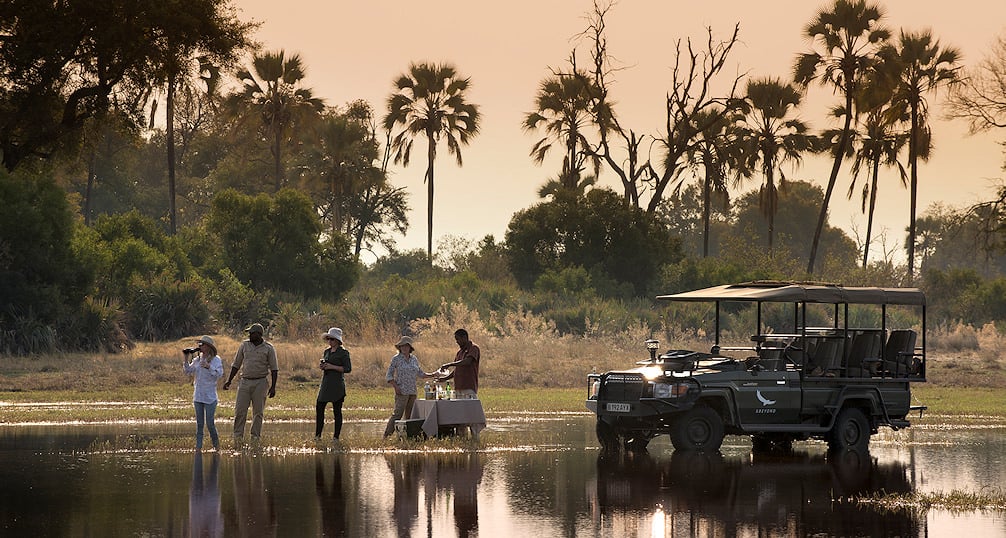
Safari vehicles could be considered animals in their own right - they have a daily presence among the wildlife, which perceives them as strange creatures that leave tracks like a snake, are as big as an elephant and pose no threat.
Open-Top Safari Vehicles Open-Top vehicles are roofless 4X4 vehicles that are usually modified for maximum game viewing, in some cases they may have a removable canvas roof. The vehicles can seat 6-10 guests in elavated seating, and have open sides for sightings and photographic opportunities. While the vehicles have less protection from the elements, they remain the number one choice for game drives.
Closed-Top Safari Vehicles Closed-Top Safari vehicles are fully enclosed, but may have some modifications like a pop-up roof for game viewing. These vehicles will have air-conditioning and may provide a less bumpy ride. Closed-Top vehicles are a consideration when combining 4X4 activities with game drives.
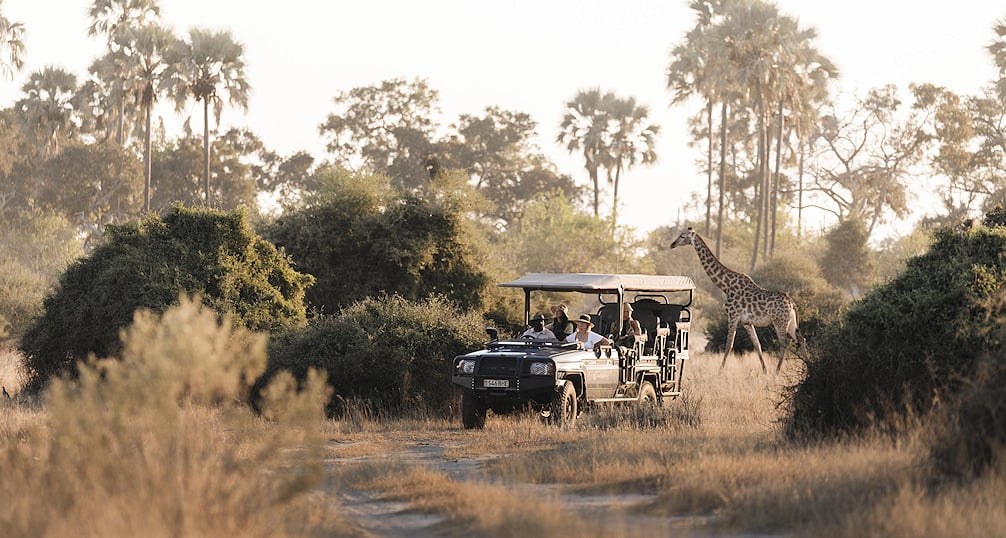
Not all game drive experiences are equal, and when a planning a trip to Southern Africa, it is important to know the differences between the main two levels of accommodation and what they offer in terms of safari activities.
Luxury Lodges Luxury lodges are typically located on private concessions, where abundant wildlife is nearby. Being private, these lodges offer seclusion from the general public, ensuring a quieter and more exclusive experience with dedicated roads for game drives. These drives may include complimentary snacks and beverages, along with planned activity stops such as sunset drinks or a bush picnic. In essence, it’s a safari experience with an opulent touch.
Standard Lodges Standard lodges are located in the same national parks as luxury lodges, and visitors can still enjoy excellent wildlife sightings during game drives. However, these drives take place in more public areas, where you may encounter more vehicles and tourists. Additionally, game drives may come at an extra cost. Despite this, standard game drives remain thrilling and are a great option for those looking to experience Africa on a budget.
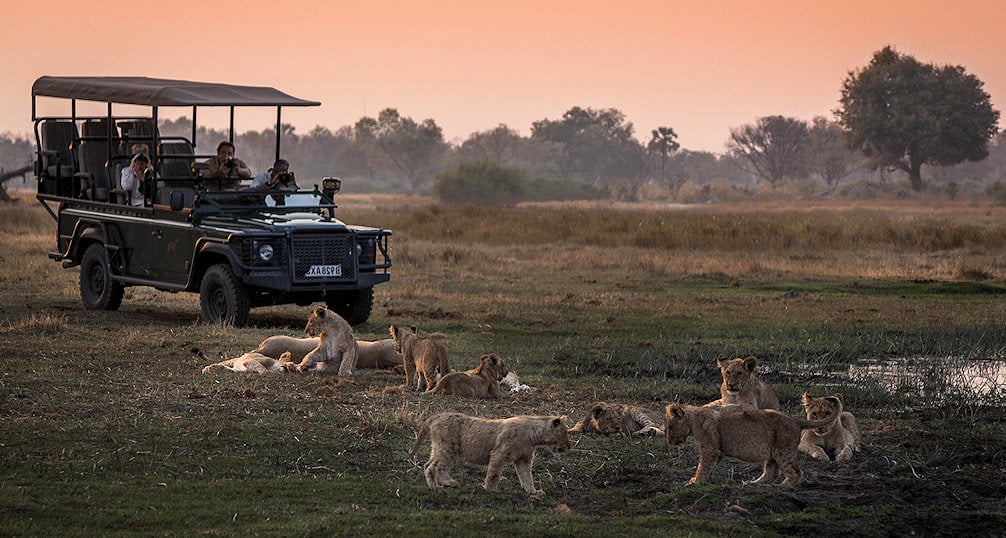
Game drives can be divided into three categories, morning drives, afternoon drives and evening excursions. The activity typically lasts between 2 to 3 hours.
All types of drives operate in a similar manner. You will meet your game ranger, and after reviewing a few safety rules, you'll enter the safari area. Animals are habitual at these times of the day, providing different experiences for guests. A ranger is informative and talkative, providing facts along the way and pointing out interesting sites. Feel free to ask questions, as they enjoy interacting with guests. Remember to always listen to your ranger, as he may suddenly ask you to be quiet if he spots an animal—loud noises could scare it off.
Morning Morning trips take advantage of the cool of the day, so be prepared to rise early. Many animals prefer to move around before the afternoon’s high temperatures, making for better sightings. Reptiles can often be seen warming their cold blood in the morning sun. African mornings are truly special, with spectacular sunrises and unique sights, sounds, and scents. Activities may include: breakfast in the bush and visits to viewpoints.
Afternoon When there is a sunrise, there is also a sunset, and African sunsets rank among the most breathtaking. Afternoon rides typically start around 14:00-15:00 and last into the early evening. Visitors can expect to experience the heat of the sun, as well as dusty and dry conditions. After a long day, animals head to the waterholes to quench their thirst. Rangers will be sure to check the main waterholes for interesting animal sightings. Activities may include sunset drinks, bushwalks, and photographic opportunities.
Evening When the sun sets in Southern Africa, nocturnal animals begin to emerge from their daytime hideouts, lion roars can be heard from miles away, and fascinating scenarios unfold under the starry sky. Rangers will be equipped with a powerful spotlight to illuminate interesting sigtings in the bush. A pride of lions feeding on a fresh kill at night is an amazing sight to behold in the wild. Nocturnal animals in Southern Africa include: Aardvark, Civets, Bush Babies, Genet and Nightjars.
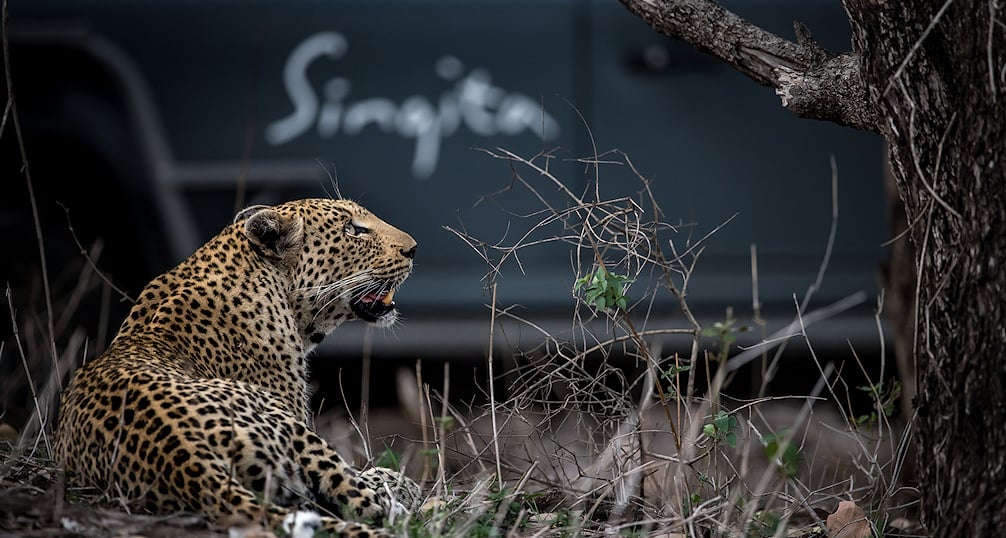
The Big Five, whose members include lion, elephant, buffalo, rhino, and leopard, are among the most sought-after animals to see in Southern Africa. The term "The Big Five" was originally a hunting term to describe the most dangerous animals in Africa to hunt on foot - a reputation that becomes clear when encountering any of them in the wild.
Lion Lions instill fear in even the toughest of men and are a highlight for tourists on safari. Male lions can stand about 1.2 meters (4 feet) at the shoulder, and visitors quickly discover why they are called "Big Cats". Seeing these cats on a hunt is one of the most rewarding safari experiences Africa has to offer. There are approximately 20,000 lions in Southern Africa.
Elephant Elephants are abundant in Africa, and they are most likely the first of the Big Five you will encounter. Southern Africa is a sanctuary for an estimated 227,900 elephants, with Botswana being home to around 130,000. Male elephants may be slightly hostile toward safari vehicles and are known to mock-charge or chase them.
Buffalo Buffalo herds are also a common sighting in many of the top safari areas. At first glance, buffalo may appear calm and 'cow-like' - but don't be fooled, this member of "The Big Five" is hot-tempered, aggressive and highly dangerous, earning it the chilling nickname 'Black Death'. There are approximately 150,000 to 200,000 buffalo in South Africa, Botswana, Zimbabwe, and Namibia.
Rhino Rhino numbers have declined over the years, mainly due to poaching, but conservation efforts have helped protect them, ensuring they can still be viewed in the wild. Southern Africa is home to approximately 19,000 rhinos, with South Africa hosting 80% of the world’s white rhinos (Ceratotherium simum simum) and 40% of black rhinos (Diceros bicornis). Though critically endangered, black rhino populations are steadily increasing.
Leopard The leopard can be a challenging animal to spot. They favor trees, riverbanks, dense vegetation, mountainous areas, rocky outcrops, as well as savannahs and grasslands. While leopards often exhibit nocturnal behavior, they are not exclusively active at night. These factors make the leopard more elusive than the other members of the Big Five. The leopard population in Southern Africa is estimated to be around 10,000 to 15,000 individuals.
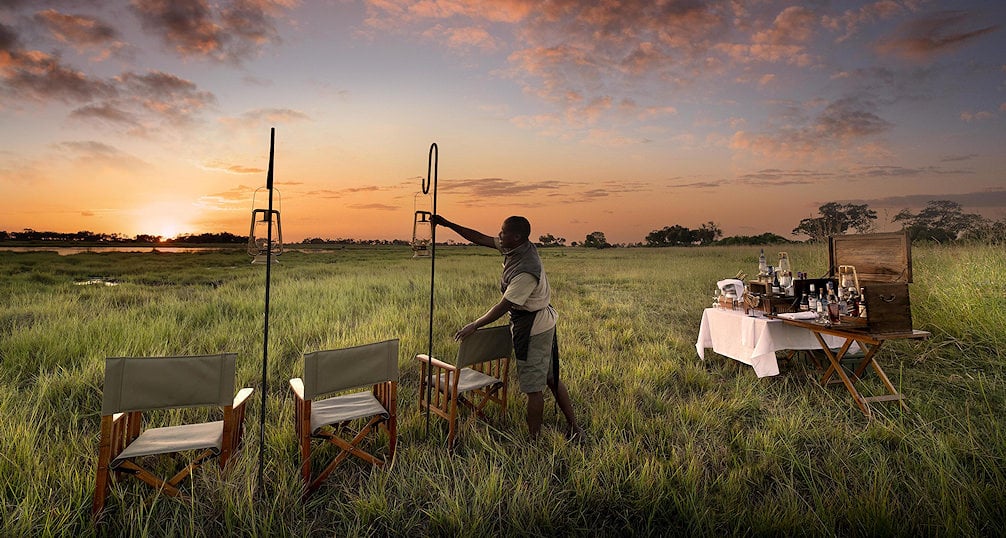
While the safari drive is the primary activity, with most of the time spent in the vehicle, some lodges and operators may include additional activities, depending on your accommodation level. Typical activities include luxury bush picnics, bush dinners, walks and refeshment stops.
Attacks on game drive vehicles by wild animals are rare, and relatively speaking, there are few injuries or fatalities recorded in the history of the modern form of the activity.
Many visitors worry about the possibility of animal attacks while on safari, but researchers have found that wildlife perceives safari vehicles as large, obscure, single entities that behave predictably and pose no threat. Additionally, after decades of exposure, animals have become accustomed to their presence. That said, the rare accidents that have occurred are often due to freak incidents, human error, or disregard for safety rules. While Southern Africa’s wildlife is breathtaking to witness, it cannot be overstated that these animals are also among the most dangerous and formidable in the world.
The two most important rules are as follows: First, NEVER leave the vehicle without the permission of the ranger. Second, do not attempt to interact directly with or approach any animal.
Your ranger should be experienced, knowledgeable, responsible, and possess the necessary qualifications to lead guests on safari. Most rangers meet these requirements and are skilled in handling dangerous situations, such as aggressive behavior from elephants or rhinos. Rangers are equipped with rifles, and in some areas, a spotter is stationed on a seat at the front of the vehicle for added precaution. While some animals have been known to chase safari vehicles, they typically give up after a few hundred meters—only adding to the thrill of the adventure.
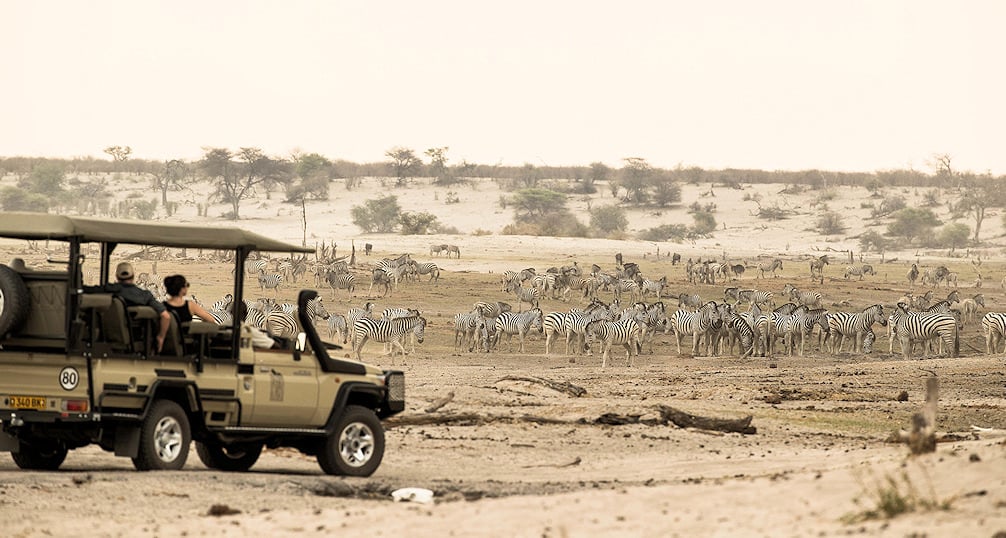
Basic supplies like water and medical kits are provided, and guides and rangers typically have a good stock of these essentials. Luxury lodges may also offer cocktails and snacks to enjoy along the way. However, it's a good idea to bring your own supplies, as well as other necessities you may need.